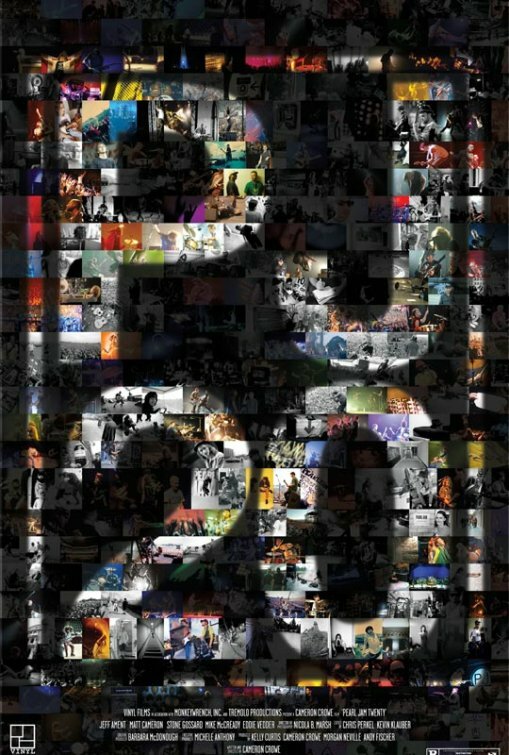Recently Seattle Children’s Hospital pulled a bus advertisement with text that read, simply, “Let’s wipe out cancer, diabetes and autism in his lifetime,” the type set next to a smiling kid. Most people may not have given it a second thought. But they would likely be neurotypical, and wouldn’t have to. Others are more sensitive to their kind of brain being “wiped out.”
The Washington State chapter of the Autistic Self Advocacy Network was having none of it. Hyperbolically, one member said the ad’s rhetoric “functions as a very real form of hate speech,” though this is hard to credit to Children’s. Anyway, the ad was scrapped.
Again and again, problems with autism, or the autistic spectrum, come down to our lack of understanding still of just what we’re dealing with — what about autism do we hope to cure? ASAN thinks of autistic people as differently-abled; researchers see profound sub-disorders that, yes, might have cures, or at least might be prevented.
The spectrum is usually discussed in terms of behaviors: at one end, a child might be self-harming, incontinent, mostly non-communicative but for screaming, with an IQ below 70. At the other, an unconventional introvert with specific interests who has no great desire for a cure, or even therapy. Some autistic people are picky eaters because they can’t tolerate certain foods; others don’t like to get foods mixed up on the plate. Some flinch at being touched because they are hypersensitive, some respond to bear hugs.
But all these behaviors are spurred by different things, as researchers are learning. Some have to do with severe neurophysiological damage, and some deficits which appear profound are developmental, and can be remediated.
Neurotypical, the POV documentary on PBS tonight (July 29, 10 p.m. — or stream it online through August 28), visits with autistic people of all ages, at various places on the spectrum (but mostly the higher-functioning), to get their thoughts on what’s normal, and whether they’d like to be. Filmed mostly in North Carolina and Virginia, the documentary isn’t just about autism, it’s about the challenge being particularly, ineluctably human in a tide of normalcy that starts at birth.
Andrew O’Hehir’s piece in Salon captures the exact sort of interrogation people go through when they bump up against mental differences: Am I like that? How much? How am I different? How much? That measuring stick is a survival skill. For the higher-functioning it’s a tool for gauging fitness as well; they can adapt, form strategies, adopt neurotypical goals like couplehood, a car, a nice house. But survival, first, because autistic children often don’t have an innate gift for self-preservation.
Autistic people will tend to stand out in a crowd, whether the crowd is tolerant and accepting or not. That likely won’t bother the autistic child at first, they won’t notice the cues, and everyone at first thinks their world is a natural one — things have always been that way. But success in life is in the main a social enterprise, unless you are a hermit; the herd protects, but autistic kids will literally wander off on their own. They may also get beaten up a lot, for not recognizing or respecting cues to social hierarchy.
That’s why, in later years, they may develop a knee-jerk reaction as they read an ad on the side of a bus during a day of doubled effort, employing mentally laborious strategies to fill in for unconscious, neurotypical behaviors. The best they can do is have someone not notice, have a social interaction not seem awkward, but normal — and yet think of all the things they’ve learned, the million waggle-dances neurotypical people are blinded to by custom. With a flurry of mental prosthetics, the autistic person keeps pace, their achievement unremarked upon unless they remark upon it.
“Autism, what a scourge,” the ad suggests.
It is, it is. But humanity is what happens to us.
